Self-care is the new health care as patients, now consumers at greater financial risk for medical spending, are learning. At #CES2019, I’m on the lookout for digital technologies that can help people adopt and sustain healthy behaviors that can help consumers save money on medical care and enhance quality of life-years.
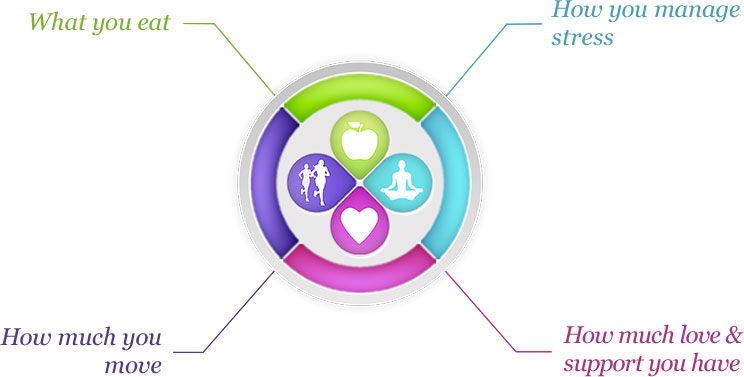
This week’s heart-and-food tech announcements at #CES2019 coincide with an FDA recall on a popular drug prescribed to treat hypertension (high blood pressure). Using food and tech as medicine can help people avoid going on medications like statins and others for heart health. An important example of this self-care approach is the evidence-based Ornish food regimen which is reimbursed by Medicare (as a form of cardiac rehabilitation). Dr. Dean Ornish’s research has proven patients diagnosed with heart disease can reverse cardiac damage through adopting several behavior changes: exercise, a low-fat diet, On smoking cessation, stress management, and group support.
The trusted Mayo Clinic website reminds us that self-care can help us manage high blood pressure using a range of tactics such as losing weight, exercising regularly, eating a healthy diet, limiting alcohol consumption, quitting smoking, reducing stress, monitoring blood pressure, and getting support.
So at #CES2019, I’ve identified examples of technologies on the show floor to address heart health in each of these can-do, patient-empowering behavior changes. I provide these as exemplars in their categories, with the proviso that they do not represent clinical advice from this health economist and trend-weaver.
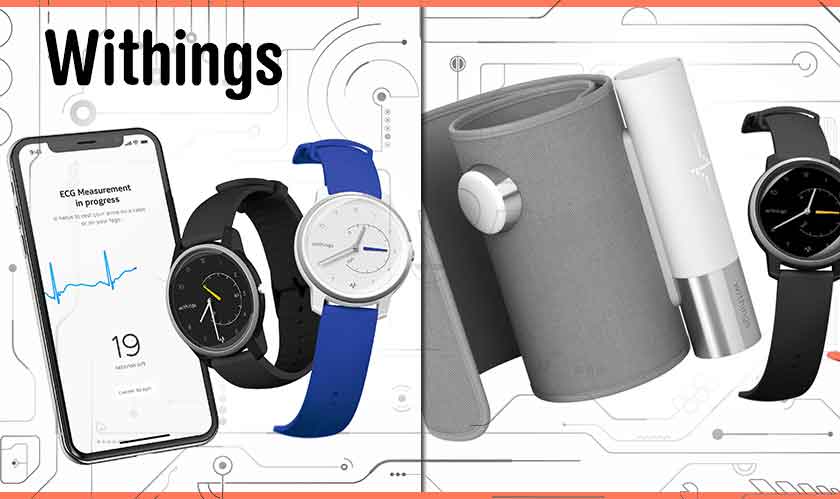 Doubling (or tripling) down on heart health at CES 2019 is Withings, whom I welcome back both personally and professionally. Withings was acquired by Nokia in 2016, and for over a year the Finnish tech company wrestled with how to optimize the acquisition of the French digital health pioneer. I was an early adopter of Withings’ weight scale, using it to keep me honest about my body composition. I could still use the scale and app, under the Nokia banner, during what I perceived was Nokia+Withings limbo until last year, Eric Careel, co-founder of Withings, bought back his company. So here at CES, Withings launches a three product suite devoted to our hearts: BPM Core, a cardiovascular monitor that can measure blood pressure, take an electrocardiogram (which is used to identify AFib, atrial fibrillation), and listen to the heart via a digital stethoscope — all-in-one device. This new thing takes away a CES Innovation Award.
Doubling (or tripling) down on heart health at CES 2019 is Withings, whom I welcome back both personally and professionally. Withings was acquired by Nokia in 2016, and for over a year the Finnish tech company wrestled with how to optimize the acquisition of the French digital health pioneer. I was an early adopter of Withings’ weight scale, using it to keep me honest about my body composition. I could still use the scale and app, under the Nokia banner, during what I perceived was Nokia+Withings limbo until last year, Eric Careel, co-founder of Withings, bought back his company. So here at CES, Withings launches a three product suite devoted to our hearts: BPM Core, a cardiovascular monitor that can measure blood pressure, take an electrocardiogram (which is used to identify AFib, atrial fibrillation), and listen to the heart via a digital stethoscope — all-in-one device. This new thing takes away a CES Innovation Award.
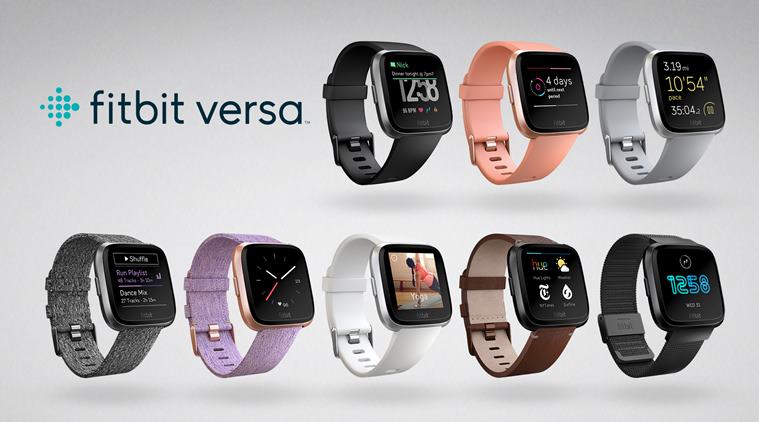
Exercising regularly. Keeping my eye on digital tech that suits mainstream consumers, I point to the Fitbit Versa smartwatch, which garnered kudos last year from reviewers noting that for folks who weren’t Apple Watch customers, this was a sound choice. I’ve worn mine now for three months, and love the nudge I get every hour to get up and move (especially useful as a knowledge worker sitting at a desk for too many hours a day). On the pragmatic side, the watch also delivers messaging and heartbeats per minute, along with calories burned. For more hard-core athletes, CES 2019 features an eSports area with all flavors of digital sports from golf to hockey and tennis. At CES 2019, Asensei is expanding its connected coaching capabilities, which I’m keen on: we’re seeing more of this remote coaching tool coming from a variety of places, like Peloton which is now equipment-neutral for those consumers who want the Peloton experience without the $X,000 pricetag. Suffice it to say that when it comes to the exercise and wearable sports segment at #CES2019, it’s not just for elite athletes — or men — anymore — a welcome event.
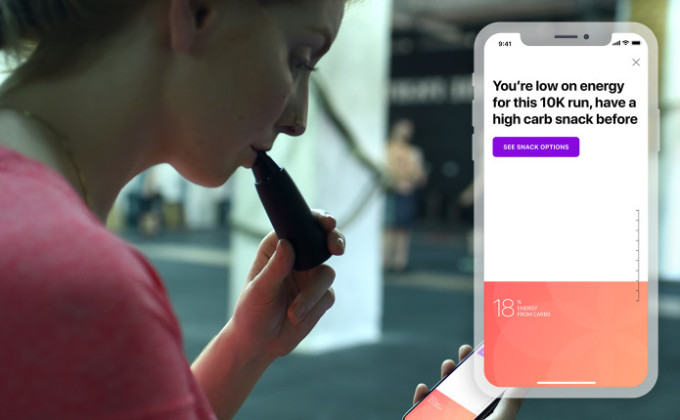 Eating a healthy diet. On the higher-tech front, Lumen is launching what they believe is the first device to hack metabolism and lose weight. The device is a handheld breath analyzer with a sensor and flow meter that calculates the carbon dioxide concentration in your breath, indicating the “fuel” your body is using to produce energy. The Lumen connects to a smartphone app which guides the user’s breathing. This is one of many products on the #CES2019 show floor that is backed by artificial intelligence and machine learning (one of the CTA 5 Tech Trends for 2019 that I wrote about in yesterday’s Health Populi). For those of us who see cooking as part of eating a healthy diet, Gourmia positions itself as a healthy lifestyle kitchen appliance innovator. This year, Gourmia offers several gadgets for slow and healthy cooking, like air fryers, rotisseries, and other tools that link to Alexa and Google home assistants for that IoT of the kitchen and smart home.
Eating a healthy diet. On the higher-tech front, Lumen is launching what they believe is the first device to hack metabolism and lose weight. The device is a handheld breath analyzer with a sensor and flow meter that calculates the carbon dioxide concentration in your breath, indicating the “fuel” your body is using to produce energy. The Lumen connects to a smartphone app which guides the user’s breathing. This is one of many products on the #CES2019 show floor that is backed by artificial intelligence and machine learning (one of the CTA 5 Tech Trends for 2019 that I wrote about in yesterday’s Health Populi). For those of us who see cooking as part of eating a healthy diet, Gourmia positions itself as a healthy lifestyle kitchen appliance innovator. This year, Gourmia offers several gadgets for slow and healthy cooking, like air fryers, rotisseries, and other tools that link to Alexa and Google home assistants for that IoT of the kitchen and smart home.
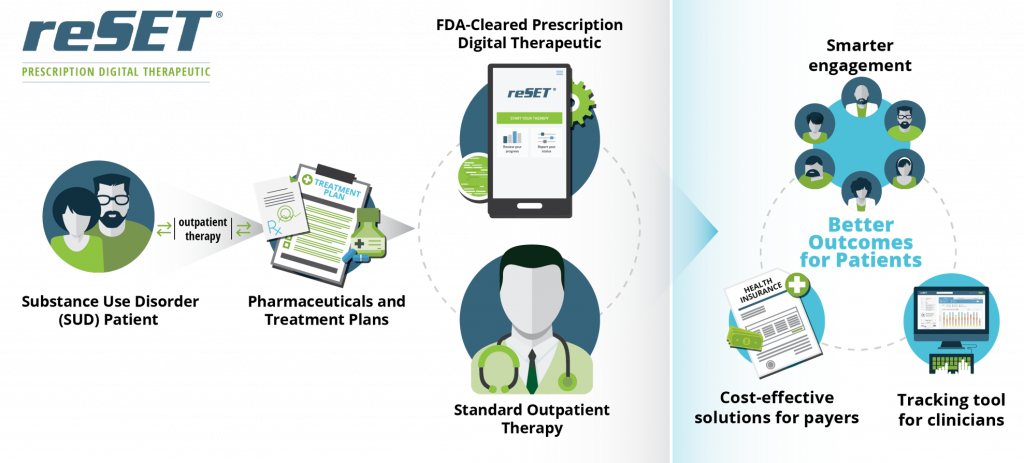 Limiting alcohol consumption. In this category, I point to PEAR Therapeutics, which has a portfolio of FDA-cleared digital therapeutics (DTx) offerings. The company’s first cleared DTx was for ReSET for substance use disorder, followed by ReSET-O for opioid use. Beyond alcohol, the company is working on additional DTx categories including insomnia and depression, schizophrenia, traumatic brain injury, epilepsy, and PTSD, among other conditions.
Limiting alcohol consumption. In this category, I point to PEAR Therapeutics, which has a portfolio of FDA-cleared digital therapeutics (DTx) offerings. The company’s first cleared DTx was for ReSET for substance use disorder, followed by ReSET-O for opioid use. Beyond alcohol, the company is working on additional DTx categories including insomnia and depression, schizophrenia, traumatic brain injury, epilepsy, and PTSD, among other conditions.
Quitting smoking. With my public health hat 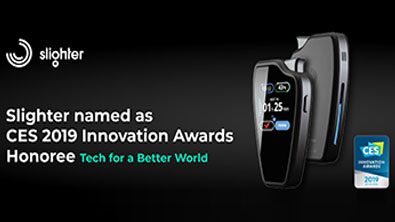 on, I assert that smoking cessation is good for everyone (except perhaps for tobacco companies’ bottom lines). One in 9 deaths globally is caused by smoking. We’ve seen supportive tech for quitting tobacco at CES for some years (while, I hasten to add, also witnessing a growth in vaping vendors). Slighter is a technology that works on the nicotine fading principle, by reducing the user’s number of daily cigarettes and slowly reducing dependence on nicotine. The goal is to minimize withdrawal symptoms. Slighter notes the cost of the device, around $130, is roughly what 1.5 cartons of cigarettes costs in the U.S.
on, I assert that smoking cessation is good for everyone (except perhaps for tobacco companies’ bottom lines). One in 9 deaths globally is caused by smoking. We’ve seen supportive tech for quitting tobacco at CES for some years (while, I hasten to add, also witnessing a growth in vaping vendors). Slighter is a technology that works on the nicotine fading principle, by reducing the user’s number of daily cigarettes and slowly reducing dependence on nicotine. The goal is to minimize withdrawal symptoms. Slighter notes the cost of the device, around $130, is roughly what 1.5 cartons of cigarettes costs in the U.S.
Reducing stress. Relieving stress has been a focus of digital health products at CES since the inception of the digital health program. This year, The TouchPoint Solution offers a wearable tech that is used during or after a stressful situation. Dr. Amy Serin developed the technology for preventing and treating PTSD for elite military. The innovation is now available for the consumer market. The product comes in pairs, one band worn on each wrist, using haptic microvibrations — a technology with acronym “BLAST,” which stands for bi-lateral alternating stimulation tactile. These vibrations help calm the nervous system, the science of which is documented in this research article demonstrating a reduction in 70% of stress in as few as 30 seconds of use. Here’s a video where CEO Vicky Mayo explains the TouchPoints technology and ways to use the couplers which can be taken out of their wristbands and placed into pockets, tank top straps, or socks.
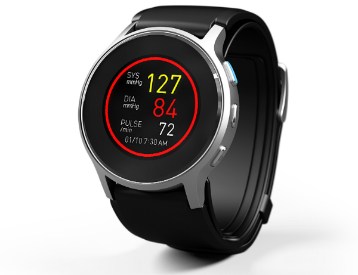 Monitoring blood pressure. Hands down (or over heart), this category goes to the first FDA-cleared watch that monitors blood pressure: the Omron Heart Guide. I’ve been waiting and waiting for this innovation to come through the FDA journey, and it did so in December: I covered this long-awaited clearance here in Health Populi. There’s a lot of innovation in this wrist-worn medical device than meets the eye: to meet FDA’s stringent standards, Omron had to bake in redundancy so there are 89 patents, two pumps and two valves inside — sized smaller than grains of rice. This is the first of its kind on the market, and as much as I appreciate the clinical efficacy of it, I love that it’s UX-designed for mainstream consumers.
Monitoring blood pressure. Hands down (or over heart), this category goes to the first FDA-cleared watch that monitors blood pressure: the Omron Heart Guide. I’ve been waiting and waiting for this innovation to come through the FDA journey, and it did so in December: I covered this long-awaited clearance here in Health Populi. There’s a lot of innovation in this wrist-worn medical device than meets the eye: to meet FDA’s stringent standards, Omron had to bake in redundancy so there are 89 patents, two pumps and two valves inside — sized smaller than grains of rice. This is the first of its kind on the market, and as much as I appreciate the clinical efficacy of it, I love that it’s UX-designed for mainstream consumers.
Getting support. My friend and colleague Susannah Fox coined the term peer-to-peer healthcare as she observed the phenomenon while leading studies at the Pew Research Group into how patients were using the Internet for self-care. We don’t need to buy a shiny new thing to access social support online: one can turn to the Inspire.com network of patient advocacy organizations that host patient groups, multi-condition networks like PatientsLikeMe and WEGO Health, and countless Facebook groups, among them. It’s interesting to note that new technologies are baking in social support – known to help people adhere to medications, adjust to new lifestyles, and stick to exercise regimes.
 Health Populi’s Hot Points: These selected products shown this week at CES 2019 demonstrate the variety and growing evidence base for consumer-facing innovations that address real health problems: in this context, heart health.
Health Populi’s Hot Points: These selected products shown this week at CES 2019 demonstrate the variety and growing evidence base for consumer-facing innovations that address real health problems: in this context, heart health.
As I will be discussing during an hour-long session on retail health during the Digital Health Summit on Wednesday 9th January, the patient has morphed into a consumer, now payor, in America. In the post-Great Recession economy, consumers have taken on more DIY (do-it-yourself) tasks, from managing money online to booking travel, restaurant reservations, and music curation. Now, people seek better customer service, enchanting design, streamlined workflows, and more confidence in their medical care. The best-designed technology, with social support, convenient access, and value-based pricing (defined by the consumers’ own value propositions), are gaining market adoption among a growing cadre of engaged patients.
The celebration of the Digital Health Summit’s tenth anniversary at CES this week is a testament to this phenomenon.


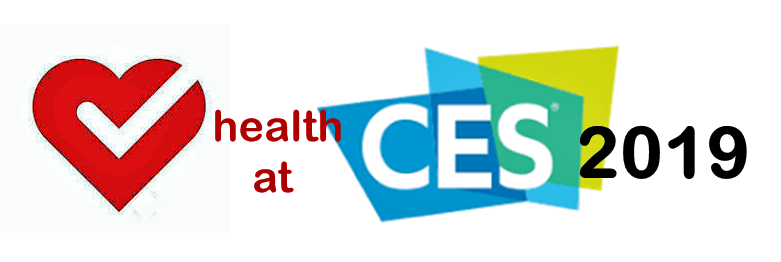


 I'm in amazing company here with other #digitalhealth innovators, thinkers and doers. Thank you to Cristian Cortez Fernandez and Zallud for this recognition; I'm grateful.
I'm in amazing company here with other #digitalhealth innovators, thinkers and doers. Thank you to Cristian Cortez Fernandez and Zallud for this recognition; I'm grateful. Jane was named as a member of the AHIP 2024 Advisory Board, joining some valued colleagues to prepare for the challenges and opportunities facing health plans, systems, and other industry stakeholders.
Jane was named as a member of the AHIP 2024 Advisory Board, joining some valued colleagues to prepare for the challenges and opportunities facing health plans, systems, and other industry stakeholders.  Join Jane at AHIP's annual meeting in Las Vegas: I'll be speaking, moderating a panel, and providing thought leadership on health consumers and bolstering equity, empowerment, and self-care.
Join Jane at AHIP's annual meeting in Las Vegas: I'll be speaking, moderating a panel, and providing thought leadership on health consumers and bolstering equity, empowerment, and self-care.